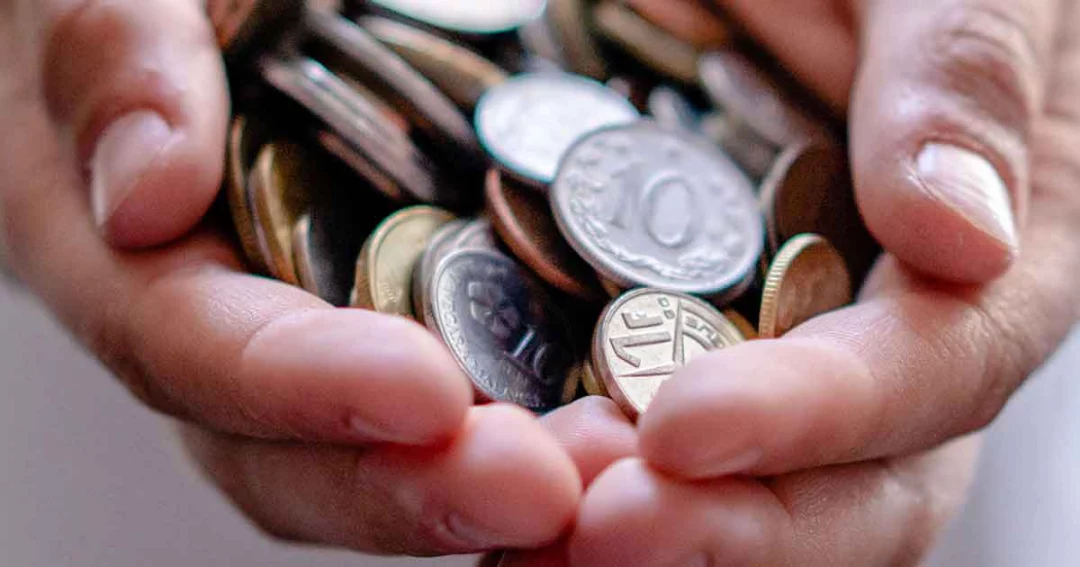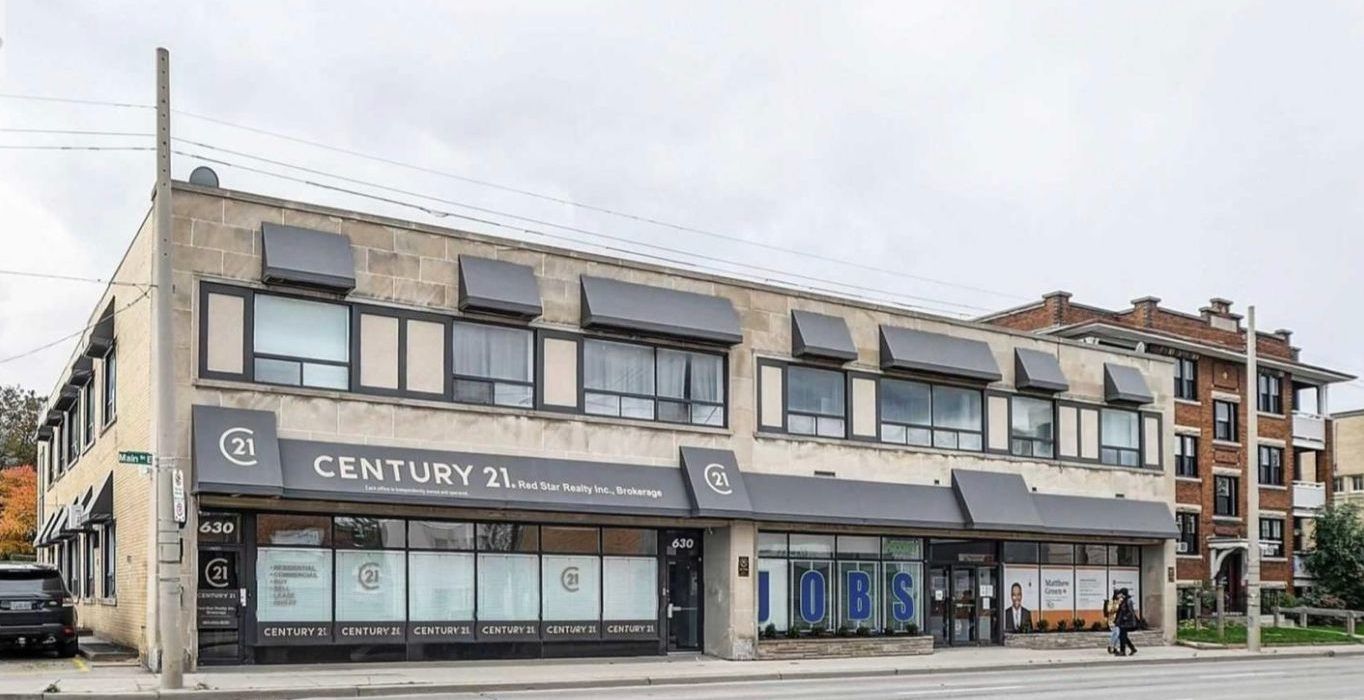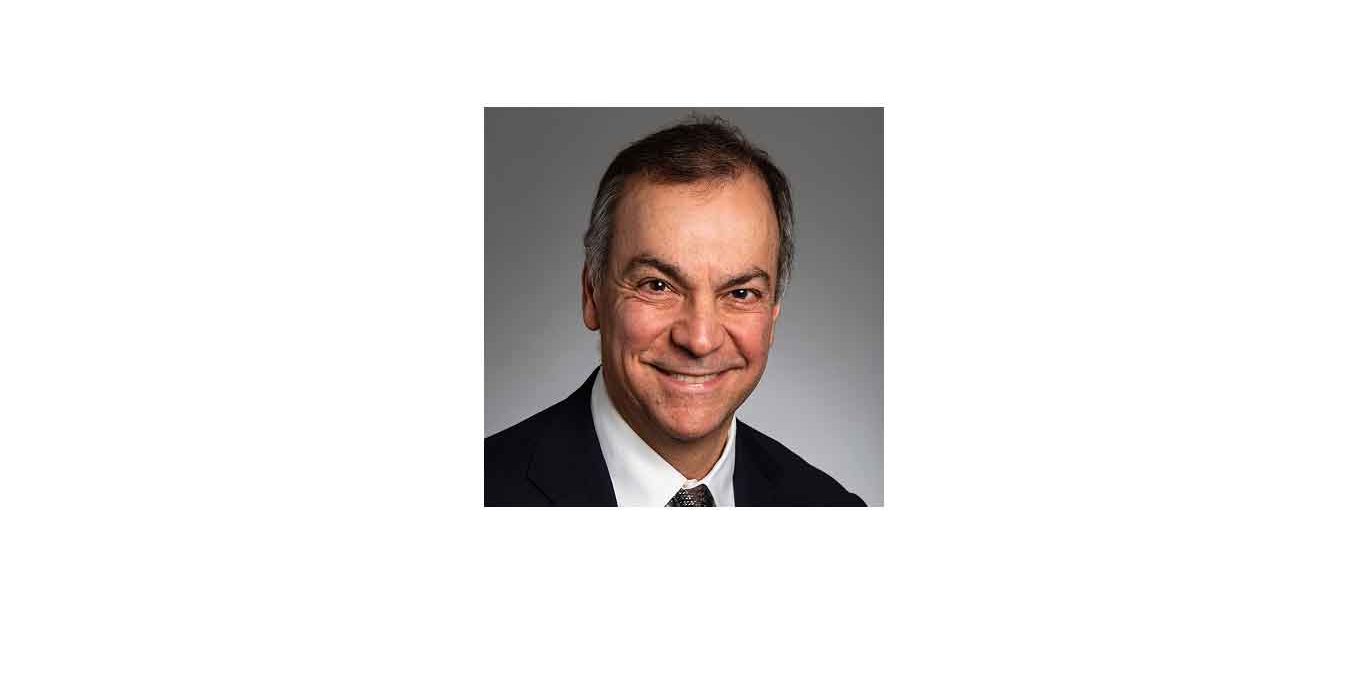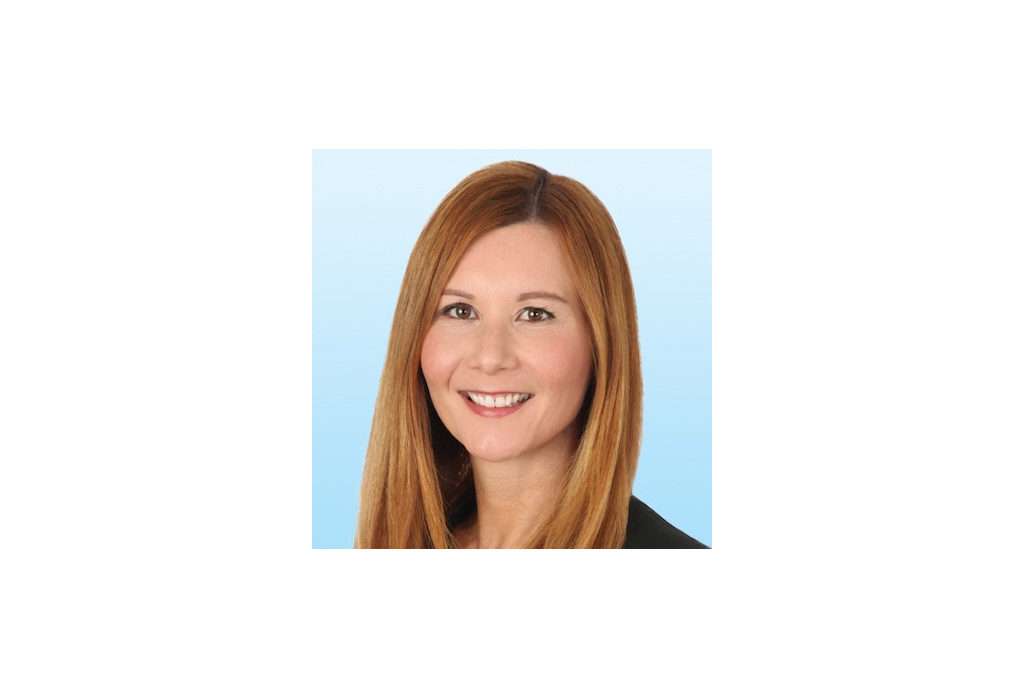What is a Reserve Fund?
what is a reserve fund?

How a reserve fund works
A reserve fund is like a special money pot that is set aside to pay for things that are planned, normal, or unexpected. This fund can be created by different types of groups, like the government, banks, or families.
Usually, people put money into the reserve fund regularly, and it earns interest if it’s not being used. The amount of money in the fund can vary, but it’s important to have enough in case there are sudden expenses. The money in the fund is often kept in an account where it’s easy to get to, like a savings account.
Sometimes, when people retire, they get money from a reserve fund. This is because when they were working, they put some of their pay into a pension plan, which is like a reserve fund for retirement. This money is invested to make more money and is then paid out to the employee after they retire.
reserve funds for condos & hoas
Homeowner groups and condos often have a special fund called a reserve fund. They use this fund to pay for big maintenance or renovation projects or for any emergencies that cost a lot of money. They also have another fund called an operating fund that they use to pay for regular things like cleaning, taxes, insurance, and utilities.
Homeowners or condo owners pay money into these funds regularly, and the board of directors decides how to spend the money. Sometimes, they use the reserve fund instead of the operating fund to pay for big expenses like insurance payments.
If there is a really big expense that the reserve fund can’t pay for, each homeowner might have to pay extra money to cover it. For example, if the condo’s parking garage needs urgent repairs, the owners might have to pay more money than usual to the homeowner group.

reserve studies and managing reserve funds
To avoid having to pay extra money for unexpected expenses, it’s important to make sure that a building’s reserve fund has enough money in it. A reserve study is done by experts who look at a property and figure out how much money should be in the reserve fund. They look at things like how old the property is, what condition it’s in, and what kind of maintenance might be needed in the future.
The experts recommend how much money should be in the reserve fund, but sometimes the actual amount is less than what’s recommended. If the reserve fund isn’t managed well, the people who live there might have to pay more money to cover expenses.
If someone is thinking about buying a house in a community, they should find out if the homeowner group or condo association is managing their reserve fund well so they don’t have to pay more money later.
Already have a reserve fund? Sounds like you might be an Accredited Investor! If you are, click here for more information.













